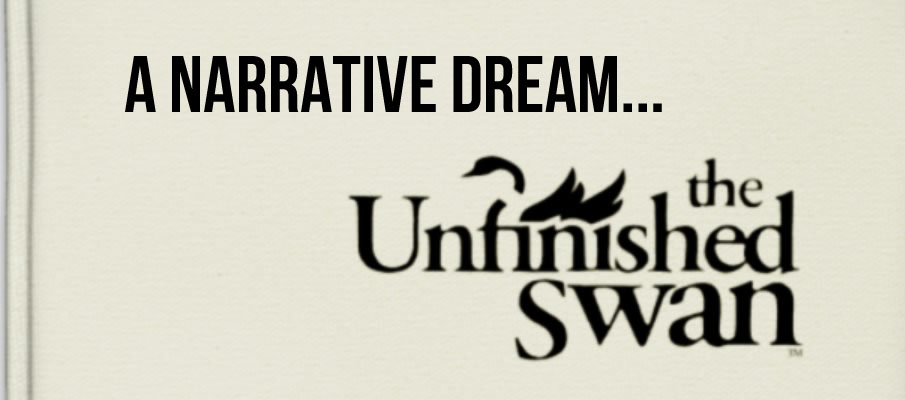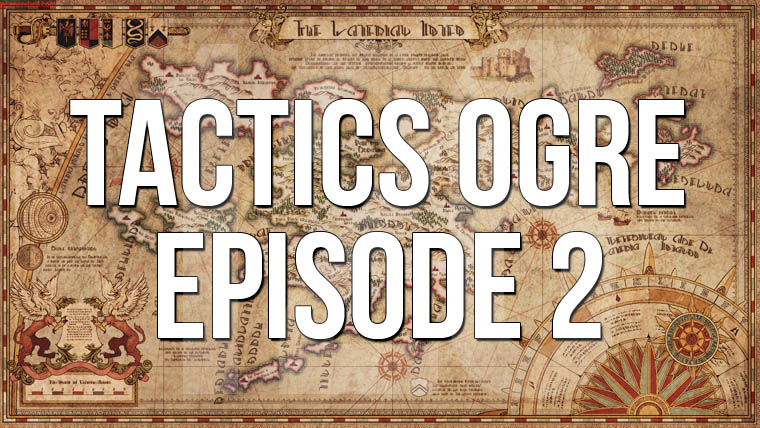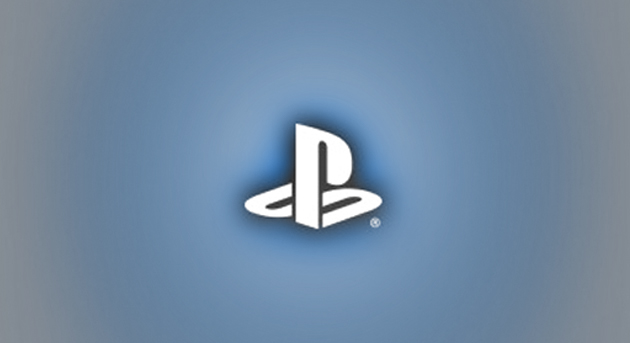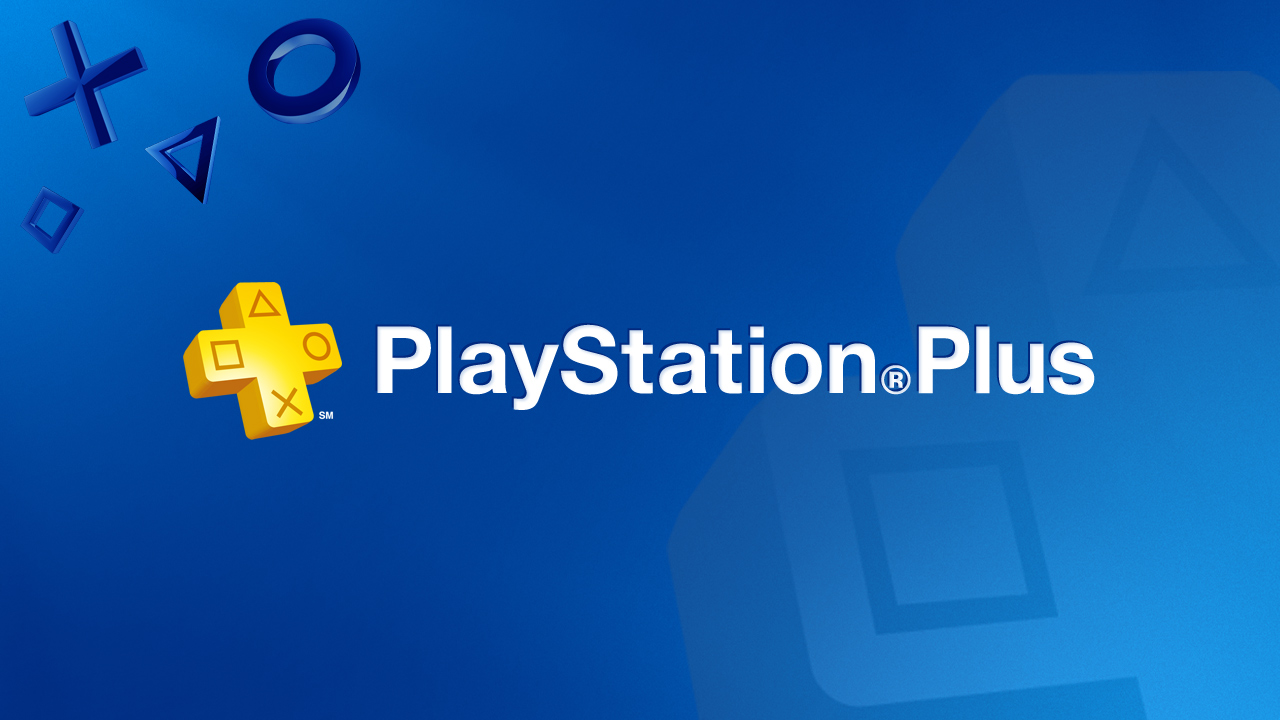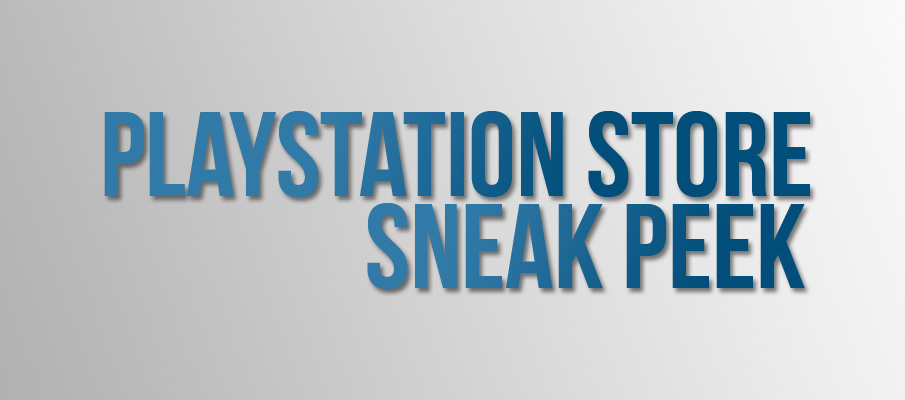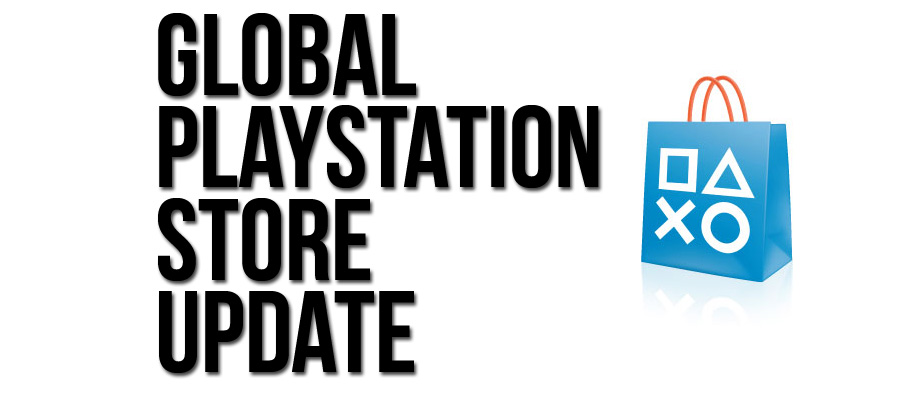
The Golden Age of Local Multiplayer – A Resurgence
Posted by Eric G on May 5th, 2014 | 11 Comments | Tags: Feature , Features , Golden Age , Indie Games
Local Multiplayer – Multiple people simultaneously playing a video game with each other in the same vicinity, on the same console. Synonyms – Offline Multiplayer, Couch Co-op.
Console gaming saw a golden age of local multiplayer between 1996 and 2002. What follows is my take on growing up through that time – experiencing its emergence, reveling in its glory, mourning its passing – and living to see the resurgence of a truly social gaming age.
Pass N’ Play and the Origins of Local Multiplayer
For as long as I can remember, console gaming always provided a means for socialization. My brothers and I grew up with video game consoles in the house. We were a Sega Genesis family for a long time, but it wasn’t long before we got our hands on an original NES and an SNES, then a PlayStation, a Sega Saturn, and on and on. A myriad of memories were made playing classics like Castle of Illusion, Star Fox, and Revenge of Shinobi. One of us would play until we beat a level or perished, then the controller would be passed along (with much groaning and/or physical fighting). Besides for a couple of exceptions like the cinematic Resident Evil 2 or the then-too-complicated-for-little-Eric Xenogears, watching was always a second-rate position – the passenger. The stronger memories came from the games that had us playing at the same time.
For Genesis, we’d dump hours into Altered Beast, Streets of Rage, and Contra: Hard Corps. On SNES, we must have beaten Turtles in Time over a dozen times before we were tired of it. And I don’t mean to wax solely on the cooperative games; Mortal Kombat, Mario Kart, and other competitive games were just as electrifying. Beyond my brothers, many of my multiplayer pals were neighbors or friends from school. For me, growing up gaming meant growing up gaming with others. For a while, there was a decent balance between recreational activities and gaming activities. During the light hours, we could often be found playing football in the street or wrestling on the lawn. Then, when the sun turned off, television screens and consoles turned on. When the Golden Age of multiplayer hit, the scales were tipped in the favor of gaming as much as possible.
The Golden Age of Local Multiplayer
The Christmas of 1996 was monumental for the Guadara Bros. Under the tree, there lay a Nintendo 64 bundle complete with Super Mario 64, Mario Kart 64, and a few controllers. I don’t remember anything else about that Christmas. When we tore through the thick plastic and got to gaming, the dawn of the Golden Age was upon us. The Nintendo 64, we quickly noticed, has four controller ports. All three of us could play at once. Wow. I admit, we started that marathon gaming session by exploring the 3-dimensional Mushroom Kingdom. As incredible as Super Mario 64 was/is, Mario Kart 64 was a revelation. Racing and battling alongside and against each other took us deep into countless nights. The following years were submerged in a tidal wave of multiplayer hits: Goldeneye 007, Super Smash Bros., Guantlet Legends, Perfect Dark, Diddy Kong Racing, Mario Party, and more. The local multiplayer sun was shining high in the sky. As it began its downward slide, another console with four ports released.
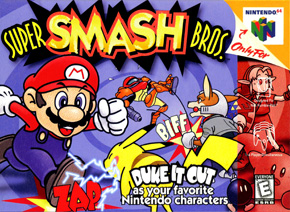
A lot of my best videogaming memories are playing N64 games with friends, Dance Dance Revolution in front of a crowd, and so on.
-Douglas Wilson, creator of Johann Sebastian Joust (Sportsfriends)
9/9/99 and the Dawn of Online Multiplayer
I somehow managed to order a Dreamcast on the internet (Amazon.com was only 5 years old, for reference), using my own money to pay for it. I woke up early every day surrounding its release, September 9th, 1999. When it finally arrived, I was elated to see that it, too, had four controller ports. The Golden Age will never die! To the contrary, there were only a few local multiplayer hits released throughout the Dreamcast’s short lifespan. Chu Chu Rocket, Toy Commander, and Powerstone 2 were the most notable 4-player games. Other local multiplayer games included Powerstone, Street Fighter Alpha 3, Marvel vs. Capcom 2, and a bevy of beat-em-ups like Dynamite Cop and Zombie Revenge. It wasn’t long before a game came out that utilized the Dreamcast’s built-in 56k modem – Phantasy Star Online. Little did I know that this was the beginning of a dark time in local multiplayer; a dawning of a new era. The PlayStation 2 had only two controller ports and a decisive lack of stellar multiplayer titles. I enjoyed its single-player library immensely: Devil May Cry, Final Fantasy X, Metal Gear Solid 2 and 3, and, oh yeah, Grand Theft Auto 3, which jumpstarted a whole other phenomenon – the open-world game. However, the only recollection I have of playing offline multiplayer on the PS2 is NBA Street and 4-player Red Faction 2 (well worth the multitap). The Gamecube had a similarly sparse library of quality local multiplayer games, though one could argue Super Smash Bros. Melee as being the only multiplayer game one really needs on a system.
When I think back to my gaming experiences from 1999-2006, I realize a good chunk of them were either spent online with others or offline with nobody. I spent sleepless nights playing Phantasy Star Online. Everquest Online Adventures was brutal yet novel. My friends and I got real deep into Blizzard’s crop of online multiplayer games (Starcraft, Warcrafts, Diablo II). The only local multiplayer experiences I can recall were either two player PS2 games or splitscreen Halo matches. Still, my friends and I fought to keep gaming a local, social affair. XBoxes and full computer rigs were toted back and forth in the name of playing next to each other; in the same screaming radius as one another. It wasn’t until we all went away to college that we were truly forced to play online, away from each other. Coincidentally, this is also when World of Warcraft released.
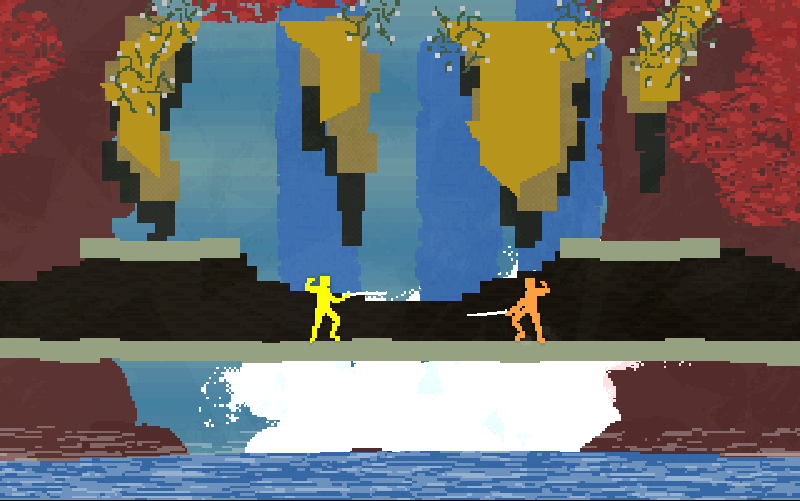
We like both online and offline multiplayer modes in Nidhogg! It’s a different experience to play in the same room as a friend or in front of a crowd, but it’s also awesome to challenge strangers online and enter a global metagame of strategies. It’s a different kind of excitement!
-Kristy and Mark, Messhof, makers of Nidhogg
The Dark Ages
I’m going to dub the time between 2007 and 2013 as being The Dark Ages of local multiplayer games. When I finally peeled myself from Azeroth and reentered the real world, I found a place devoid of locally interactive gaming. I can’t claim that online multiplayer is devoid of social interaction. I met many decent people playing games through the wire and even met one or two of them in real life. However, what I’m describing, what gaming was missing in these years, is an importance placed on offline multiplayer. The recent past has been a time where online multiplayer is a necessary feature. Omitting it led to games being lambasted and receiving poor reviews. I remember when Slam Bolt Scrappers released in 2011. The game did something very brave and relatively dangerous at the time – it lacked an online mode. I remember reading reviews that blasted Slam Bolt for having the gall to commit such an atrocity. What I also remember, though, is having a ton of fun playing the game with roommates, friends, Fire Hose employees, and random expo attendees. For whatever reason – budget, time constraints, legitimate love of local multiplayer – Fire Hose decided to do without offline multiplayer, which in turn forced me to wrangle my friends and have a good time.

My favorite experiences all revolve around local multiplayer. Smash Bros, Goldeneye, Mario Kart, Castle Crashers, and more recently Jamestown and Nidhogg – these are all games that are incredibly fun to play because you’re sitting on a couch with your friends. There’s something about spending a night playing round after round of these games while screaming at/with your friends that just can’t be topped. Online multiplayer is still fun, but it never manages to capture the lightning that sparks when you pile into the same room.
-Eitan Glinert, Fire Hose Games (Slam Bolt Scrappers)
The exponential increase in popularity of first-person shooters, especially the Call of Duty franchise, did not help matters in this case. Playing online is fun, liberating even, but the best time I had playing shooters in The Dark Ages was with Resistance 2 and Borderlands, two games I played splitscreen with buddies. I’ve heard that a few CoD games supported splitscreen multiplayer. Besides for once (a few months ago), though, I’ve only ever seen or heard of people playing online.
The Resurgence of Local Multiplayer
The PlayStation 4 is the harbinger of a new age of local multiplayer. Several multiplayer games have released or are releasing in the near future that are offline-only. This is due in part to a few things. First of all, the people who grew up with incredible local multiplayer are now making games. Next, Sony has done everything they can to support independent developers. It’s in the independent spirit to promote ‘different’ gaming experiences. In this case, after nearly a decade-long drought, local multiplayer is definitely different. Just watch the Cel Damage HD trailer to see how couch-multiplayer is becoming a pitching point. Imagine Sportsfriends releasing in 2009 on the PlayStation 3. How about Jamestown Plus on the PS2? These games are fantastic in their own right, but they’re also poised to release at the right time. The success of Towerfall: Ascension bolsters this point. Even though the game supports no online interaction whatsoever, it is universally praised. My friends and I have played Towerfall deep into the night (just like we used to), hopping off of the couch and hooting during heated moments (just like we used to). I’ve witnessed Nidhogg crowds at expos; the players and spectators shriek with joy and howl with despair during every round. When I first watched the Starwhal trailer, I smiled knowing exactly how my friends and I are going to react when a slippery move leads to a deft (or lucky) defeat. And Jamestown Plus merges memories of playing Sunset Riders and Truxton into what looks to be a crazy fun concoction. It’s time for these moments to make their way back onto consoles.
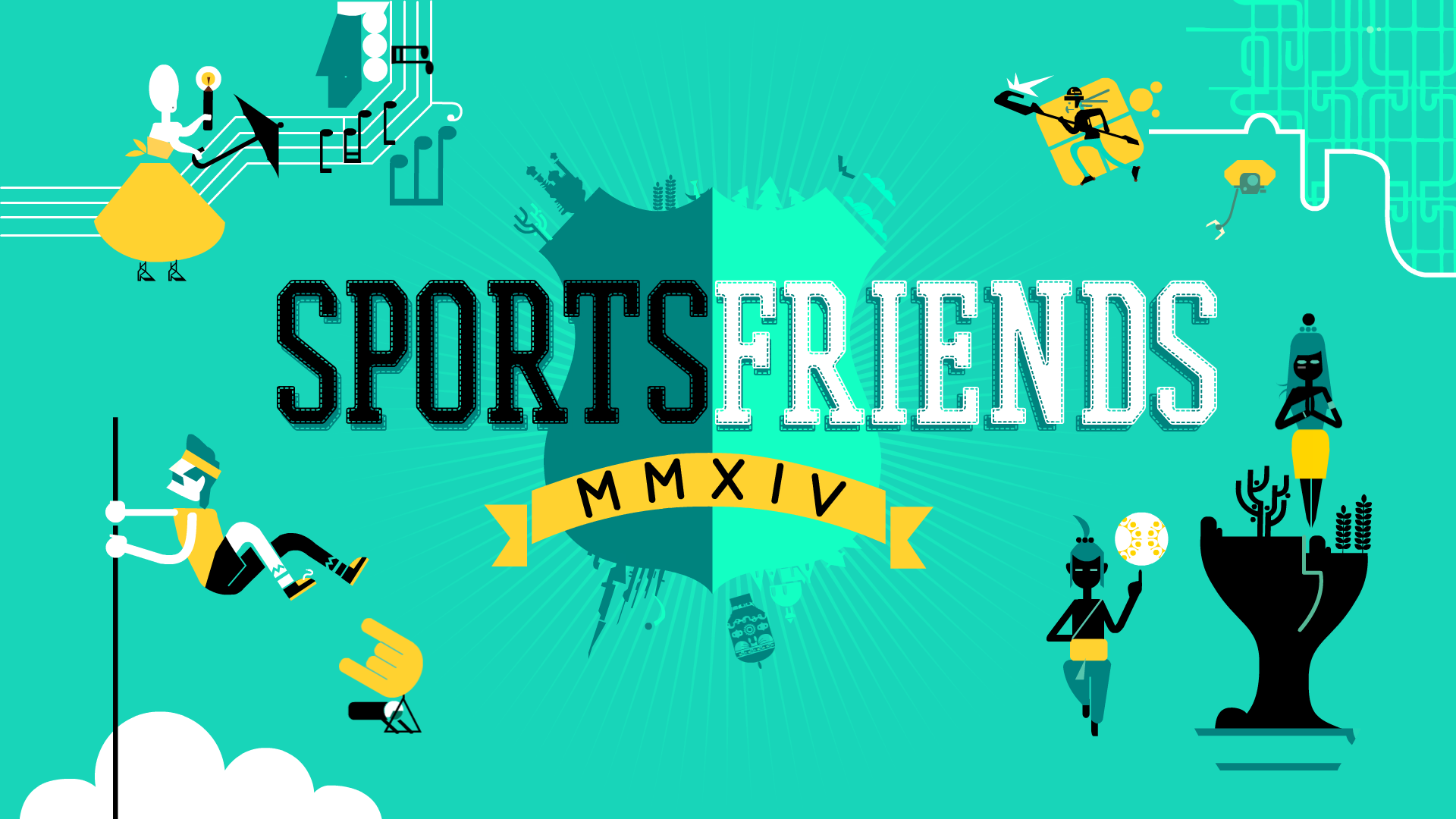
I think it’s a golden time for local multiplayer! Not just Sportsfriends, but also Samurai Gunn, Towerfall, Nidhogg, etc. Not that there’s anything “wrong” with online play or single player, but I think it’s important to remember that videogames can be deeply social. Videogames can give us an occasion to bring people together, create a spectacle, create joy in the world. There’s nothing like playing together with people in person, in front of spectators.
-Douglas Wilson, Creator of Johann Sebastian Joust (Sportsfriends)
A final reason why local multiplayer is heating up right now is that people want to be forced back into proximity with each other. Constantly poking at screens is convenient as hell, but by God is it lonely! I’m far from a social psychologist, but I know that humans crave real-life, face-to-face interactions on a regular basis. So much communication is done non-verbally that it’s impossible for voice-chat to deliver a genuine multiplayer experience. My generation is getting older and growing apart. We come together here and again for celebrations and social gatherings, but our over-stressed, busy lives are not conducive with finding time to spend with each other. Younger generations of gamers have grown up in a world where online multiplayer was always available. Thus, they’ve never found it necessary to game with each other in the same space. Hopefully, the resurgence of local multiplayer will force us all back into the living room for some meaningful, social interactions through gaming. I, for one, am ready to make some more memories.

